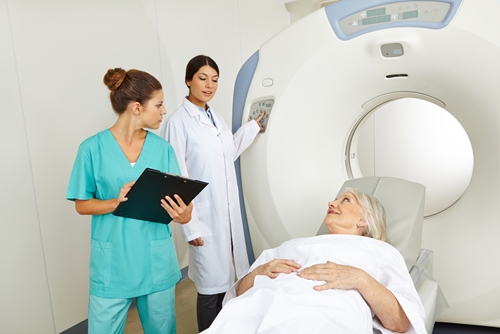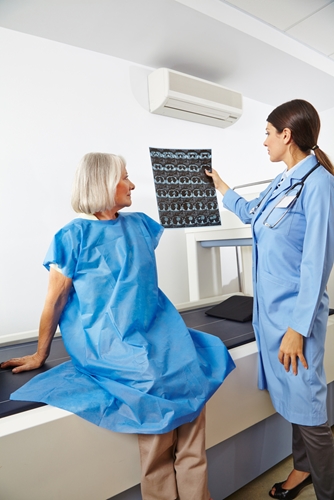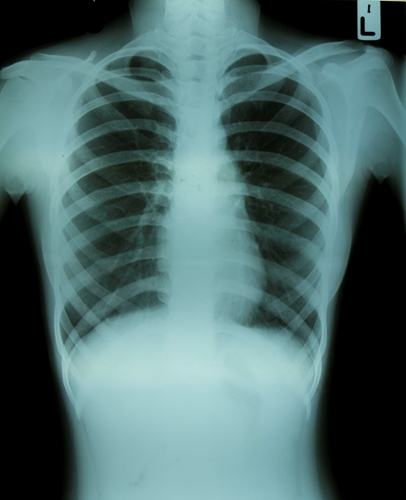Regardless of the specialty, it is critical that medical imaging be safe and justified. Radiologists have to talk with patients about the optimal exams for their conditions, including cardiovascular scans.
The American Heart Association is now advocating for three foundations to maximize radiation safety for cardiovascular imaging: education, justification and optimization. Published online in the journal Circulation, several other societies have endorsed the AHA's recommendations, Cardiovascular Business explained.
The suggestions are not unlike the Image Wisely campaign that was spearheaded by the American College of Radiology and the Radiological Society of North America. Its objective is to educate radiologists and patients about the importance of limiting radiation exposure during medically necessary imaging exams and eliminating instances of unnecessary procedures. With the right information on-hand, physicians can ensure the safety of their patients.
According to the AHA, cardiovascular imaging is responsible for roughly 40 percent of clinical radiation exposure in the U.S. Because of this, the organization wanted to explore patterns of exposure and risks of ionizing radiation to determine effective strategies for safety. The authors recommended that referring physicians focus on education and justification, while radiologists prioritize optimization of digital imaging equipment. If doctors request cardiac imaging tests with ionizing radiation, they should be aware of the basic concepts about effective doses and potential exposure.
In addition, physicians who conduct imaging procedures should have demonstrated their knowledge in dose optimization for staff and operators, as well as patients. Radiologists have to make shared decisions based on evidence and preferences of informed patients.
Communication is key to safety
Daily Rx explained that open discussions between patients and doctors might make heart imaging safer. The more that patients know about procedures, the better decisions the parties can make about further tests. Radiologists should educate patients on the benefits and risks of the procedure, as well as why it is necessary for their health.
Cardiovascular imaging allows doctors to monitor how the heart and blood vessels pump blood throughout the body. Results can provide evidence of blockages that might negatively impact an individual's health, giving physicians the opportunity to treat these ailments before they get worse. While beneficial, the repeated exposure to ionizing radiation can cause malignancies in patients.
As diagnostic radiology devices evolve, radiologists need to pay attention to opportunities to reduce radiation exposure and ensure safe practices. With the AHA's recommendations, imaging centers can protect both staff and patients from harmful side effects and continue to deliver accurate diagnoses and effective treatments.
Contact Viztek for more information.
Ronny Bachrach
Latest posts by Ronny Bachrach (see all)
- Konica Minolta Debuts First-of-Its-Kind Digital U-Arm System at AHRA - July 27, 2016
- Researchers Detect Signs Of Stroke Risk Using MRI - June 27, 2016
- Imaging Biz: Q&A with David S. Channin MD: How to Make PACS Patient Centered - June 22, 2016










